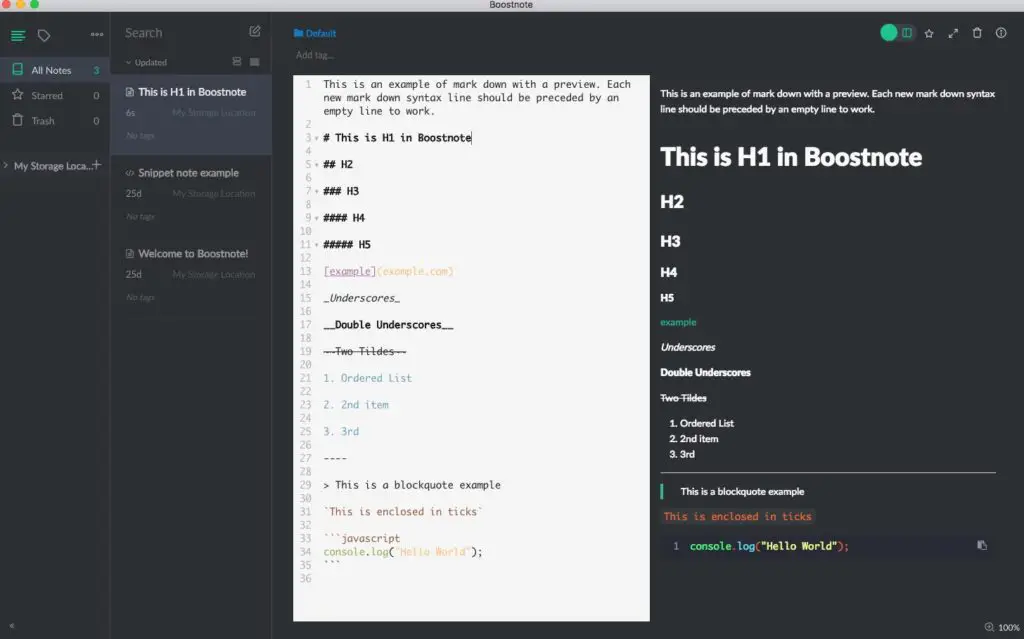

RMARKDOWN GUIDE HOW TO
Browsers know how to display these tags as headers. Browsers know how to render these tags as images. Browsers display text inside strong text in bold. bold text becomes plain text inside strong tags.While HTML is beyond the scope of this tutorial, here are a few examples of the kind of markdown-to-HTML transformation that happen when markdown is displayed in a Jupyter notebook:

Because Jupyter notebooks are displayed in a browser, the markdown is actually converted to HTML and it is the various HTML tags that tell the browser how to actually display the markdown formatted text. In fact, this is exactly what happens in Jupyter notebooks. What I mean by this is that markdown can easily be converted to HTML, and so it can easily be displayed in browsers. Just a few symbols and rules are required to write markdown.Īnd last, but not least, it is compatible with the web. It is also very simple, yet quite powerful. It is not proprietary, so anyone can use it. Of course, you can format text in a text editor, so why would you choose markdown?įirst of all, unlike the text format used by many editors, markdown is just plain text, meaning it's very easy to share between computers.
RMARKDOWN GUIDE CODE
To follow the examples below, please make sure to change your cell types from code to markdown in your Jupyter notebook. NOTE: In our quick guide on how to use Jupyter notebooks, we mentioned that Jupyter allows changing the type of a cell to make it a markdown cell. Many other services and products use it to allow easy text formatting. In this guide, we'll be using Jupyter notebooks to demonstrate markdown, however note that markdown is not Jupyter specific. Using markdown, you can quickly include headers, links, images, bold or italic text, paragraphs, and ordered or unordered lists. The formatting options allowed by markdown are not varied (for example, you cannot specify font style or colors), but they are powerful enough to significantly increase the readability of a text document. Markdown is essentially a way to write formatted text.

Ok, so that's a fancy name, but what is markdown? Chances are you've been using it already (if you've ever formatted Slack messages, for example), but perhaps you didn't know it was called that. Instead, it is used to format the text and only the formatted text is shown.Īccording to Wikipedia, the name markup comes from "marking up" of paper manuscripts, something that editors do when suggesting corrections. displayed), the markup language is not shown. When the markup document is processed (i.e. A markup language is a way of annotating a text document to include hints about how the document should be displayed.


 0 kommentar(er)
0 kommentar(er)
